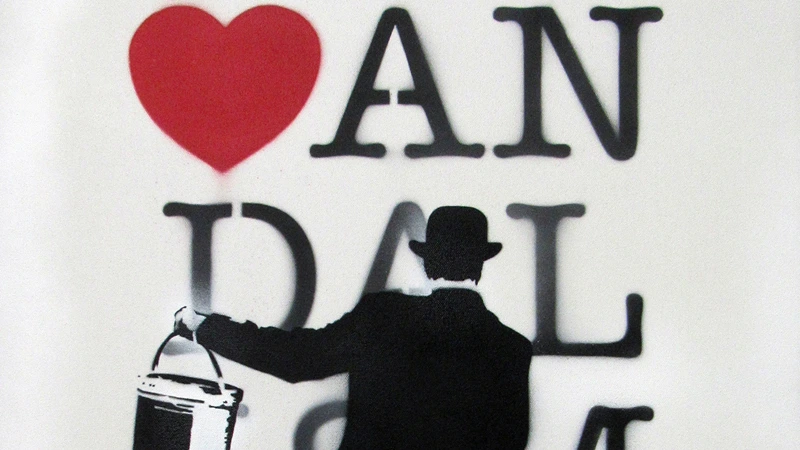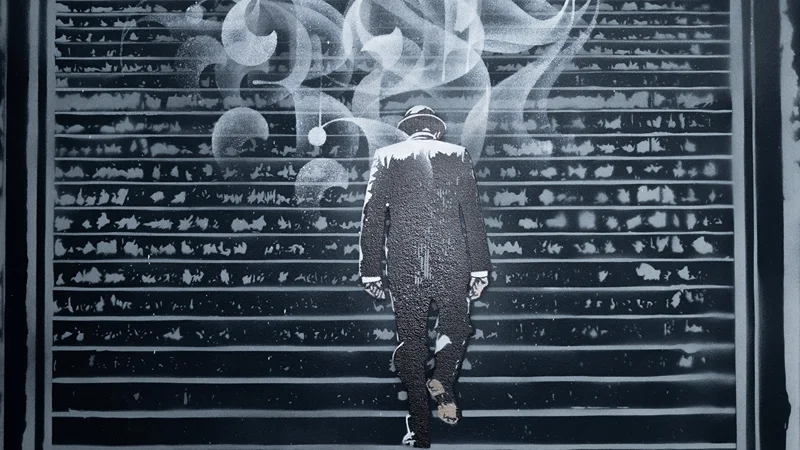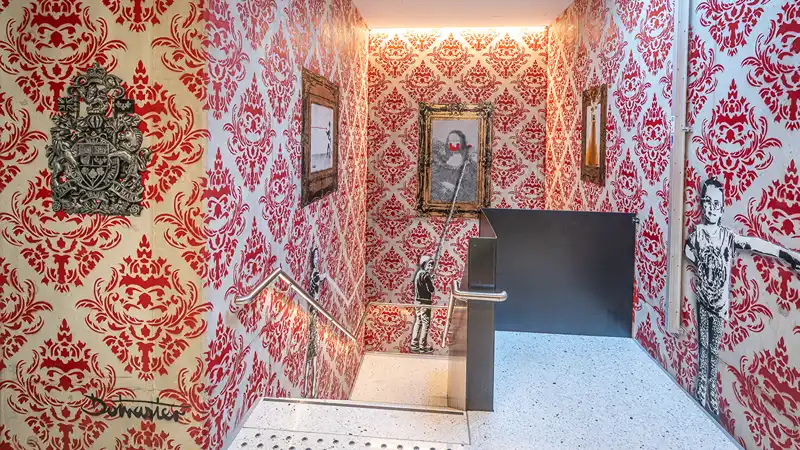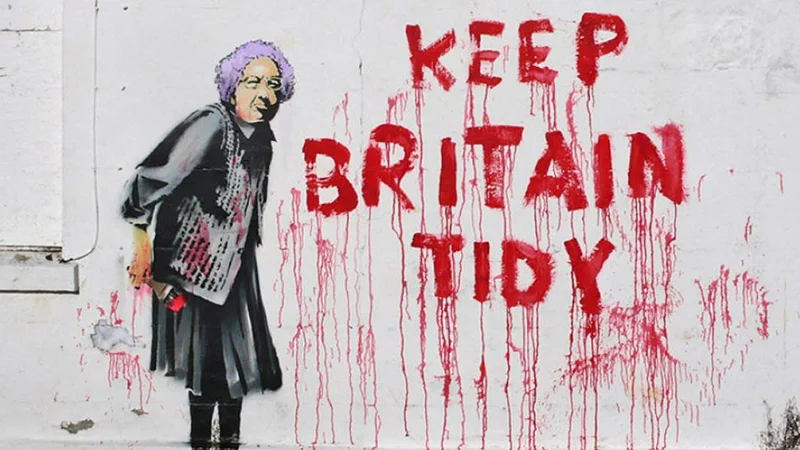
Historical Roots of English Street Art
Ahh that English street art – We simply adore it. Street art, a dynamic and expressive form of public art, has evolved into a global phenomenon. When exploring the vibrant tapestry of street art, it’s essential to delve into its historical roots, tracing the origins that have shaped this captivating movement. In the context of England, the history of street art is a fascinating journey that weaves together cultural shifts, societal expressions, and the rebellious spirit of artistic innovators.

The Birth of Graffiti Art in 1970s London
The roots of English street art can be traced back to the 1970s. It was a pivotal era that witnessed the emergence of graffiti art. Influenced by the graffiti movement in New York, young artists in London began to leave their mark on public spaces. The subway cars and dilapidated buildings became canvases for these artists. Expressing their thoughts, identities, and social commentary in vibrant colors and intricate lettering.
Political Activism and Punk Rock
The 1970s and 1980s in England were marked by political turbulence and social unrest. Street art became a powerful tool for political activism and protest. Artists seized the streets as a canvas for dissent, using their creativity to comment on issues ranging from government policies to social inequalities. The punk rock movement, with its anti-establishment ethos, also played a significant role in influencing the rebellious spirit of street art during this period.

The Bristol Scene and Banksy’s Emergence
The city of Bristol holds a special place in the history of English street art. It was in Bristol that a young artist known as Banksy began making a name for himself in the early 1990s. Banksy’s distinctive stencils, satirical wit, and thought-provoking messages added a new dimension to street art. His anonymity added an air of mystery, turning his works into urban legends. Banksy’s rise to international acclaim also signaled the global recognition of English street art.

However, England is also home to a plethora of other incredibly talented street artists who are pushing boundaries and making their mark on the street art scene. Some of the most famous are Nick Walker, The Dotmaster, Ben Eine, The London Police, SheOne and of course, Banksy.
Street Art as Contemporary Urban Expression
As we move into the 21st century, English street art has evolved beyond its rebellious roots. It has become a respected and sought-after form of contemporary art. London, Manchester, and Bristol are now the hotspots for street art. With their vibrant murals adorning buildings and public spaces. Street art festivals and curated installations have become platforms for both local and international artists to showcase their talent.
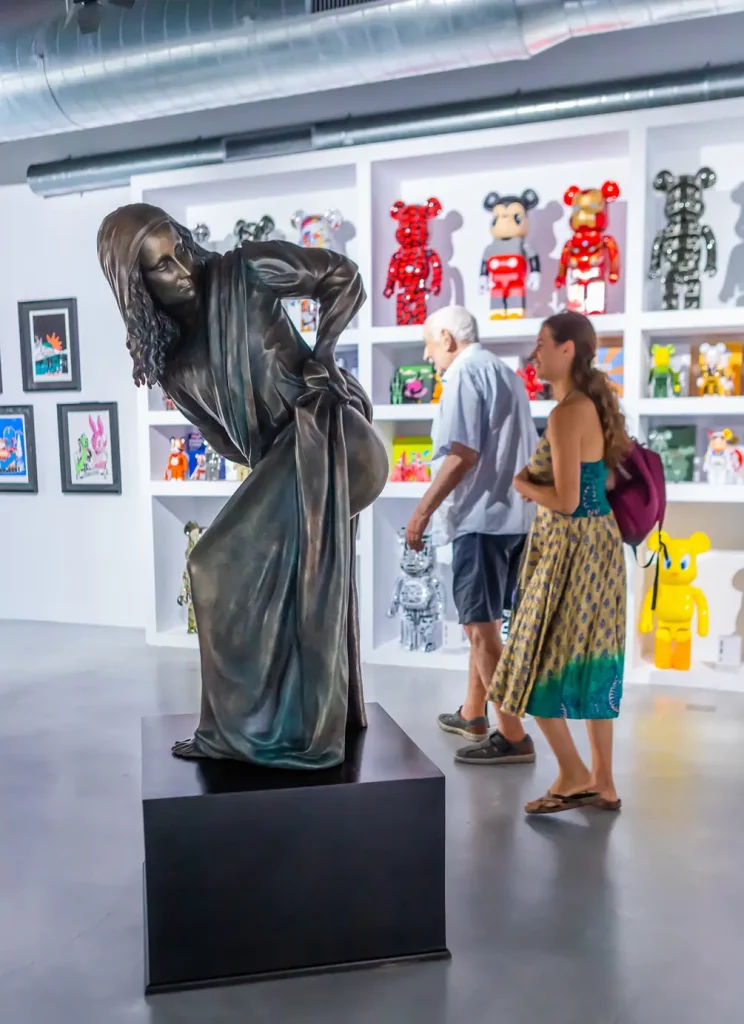
In conclusion, the historical roots of English street art are deeply embedded in a tapestry of cultural, social, and political influences. From the rebellious graffiti artists of the 1970s to the internationally acclaimed works of contemporary muralists, street art in England has come a long way. It continues to be a powerful form of expression, pushing boundaries, challenging norms, and transforming the urban landscape into a canvas of creativity and cultural dialogue.
Cover image: Banksy Explained



